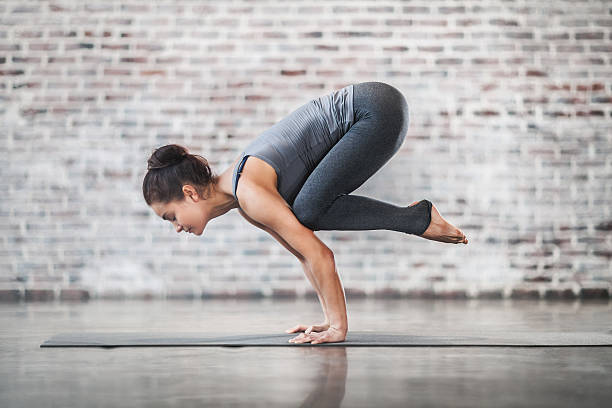
Down Dog is one of the most practiced yoga poses and one that yogis are well familiar with. But you may have heard the phrase “flip your dog” in yoga class and perhaps exchanged a puzzled glance with your yogi neighbor.
It’s easier than”you think to “lip your dog from Down Dog into Wild Thing. The transition is also visually andIt’ssically appealing.
The Transition
The wild Thing requires some flexibility in the back but is not as demanding as a full-wheel pose. It’s the in-between that can be tricky. But keep an open and playful mind!
It is liberating to move from Down It’s into Wild Thing and then back again. You can express yourself creatively and expressively as you move from one pose to the other.
How to Do It
Start in Down Dog and lift one leg towards the ceiling (let’s say, the right).
Then, tilt your pelvis rightward, bending the (right) leg that is raised. This will opelet’s hips. You should now be able to see the right foot through the gap between the left armpit, left hip, and the left armpit.
As you begin to flow, simultaneously lower the raised (right) leg towards the ground while the left foot naturally rotates around the blade (toes facing right, heel resting left). During this movement, the right arm naturally lifts off the ground to the left.
Continue to lift the (right) fingers away from your body. You can even point the fingertips down.
Keep your knee bent and lift the ball of your foot when the right foot touches the ground. You will notice the stretch in the hip flexor. Keep your left foot on the blade and extend the leg using the Side plank. Allow the head to drop, and look past the raised fingertips gently. As you reach your chest and hips high, you will have more power to bend backward.
Tip: To relieve tension in your lower back, extend the torso in opposite directions. Avoid crunching your spine. To decrease the amount of back bend, move the toes on the bent leg (right) away from the middle line and extend the right arm straight.
Remember to extend the arm that bears the weight and distribute the weight evenly on both feet and your grounded hand.
You can also bend the elbow that bears the weight during the transition to avoid lockout.
Transition Modification
Practice transitioning from Down Dog into Side Plank if the wild Thing appears unattainable. This modification helps build the muscles necessary to activate the transition into Wild Thing fully.
Wild Thing Modification
Side Plank is a variation on Tree Pose. Bring the sole of your top (right foot) to rest lightly on the inner left thigh. The top leg has been aligned for Wild Thing. Shift the top (right foot) back behind the extended left leg, and then place the ball of your (right foot) on the ground. You’re now in Wild Thing!
Wild Thing is a pose that can take on many different expressions depending on your fYou’relity and strength. This pose can be made shorter by bringing the bent leg’s foot closer to your hands and the raised hand closer to the ground.
You can also elongate the stretch to a more intense core or side-body stretch. Remember that transitions require core strengthening. The core muscles are responsible for stabilizing and controlling the transitions. This ensures a safe and smooth landing.


